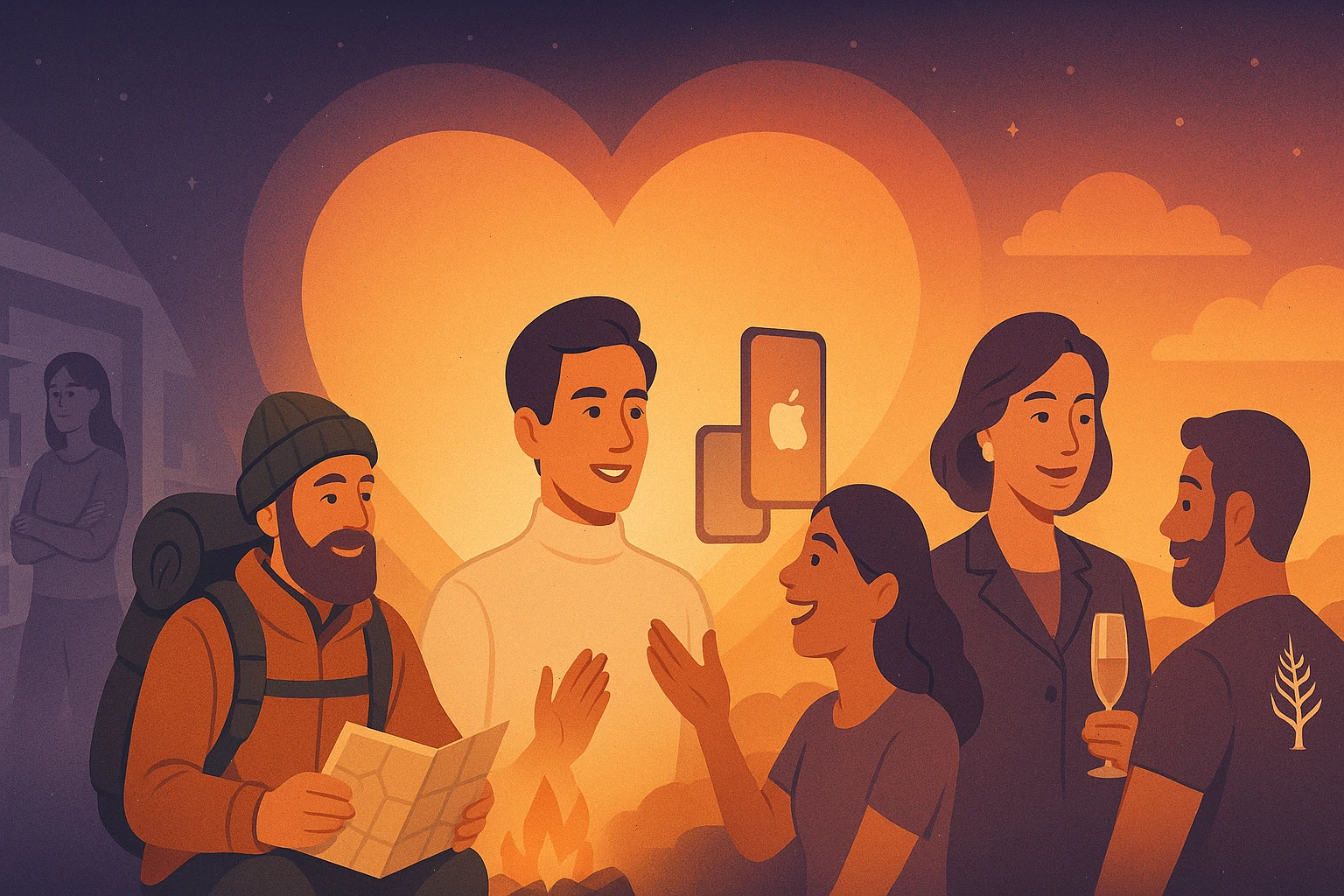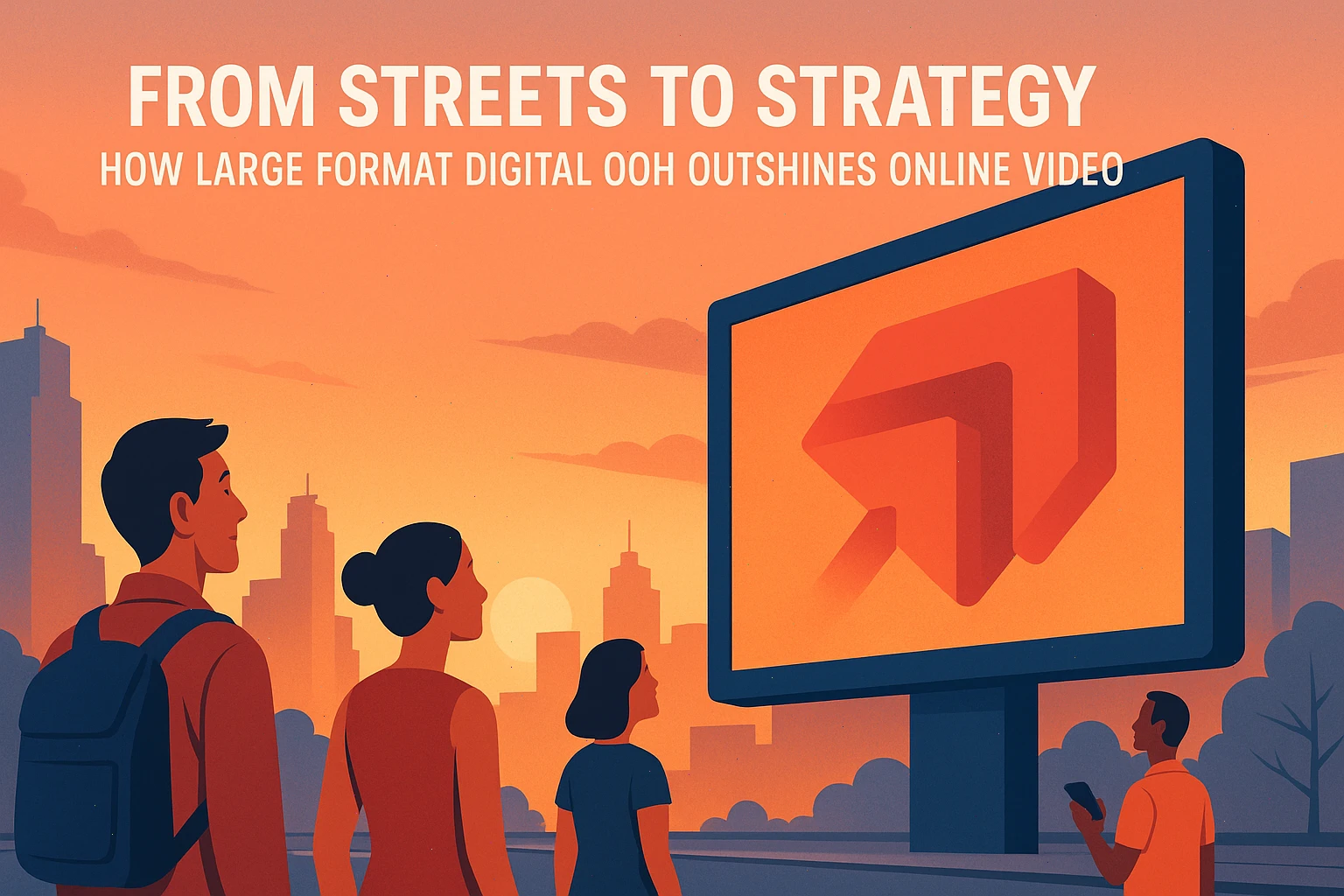Beating the ‘Tech Blues’ May Be the Key to Connecting With Today’s Audiences
The Future Is Still Blue—But Should It Be?
Despite a world full of technological possibilities, marketing visuals continue to recycle the same aesthetic tropes: cold, blue, and clinical. Data from Getty Images shows that in 2024, the most downloaded images associated with the future featured luminous code, sleek overlays—and overwhelmingly, the color blue.
This look is deeply rooted in the influence of science fiction and has been a default for decades. But is it still the most effective way for brands to connect with modern audiences?
How Science Fiction Shaped Brand Aesthetics
Movies like Blade Runner and The Matrix not only defined a visual language for future tech—they also shaped how brands depicted innovation. Blue hues, minimalism, and metallic environments came to represent precision, masculinity, and control.
Throughout the 1990s and 2000s, these visuals helped companies sell hardware, software, and services that felt futuristic. Even real-world design followed suit: sleek smartphones, glass offices, and minimalist UIs all mirrored sci-fi environments.
The Reemergence of the ‘Tech Blues’

Today, generative AI is at the center of the next tech revolution—and marketers are reverting to blue once again. Tools trained on older media perpetuate this aesthetic. With 62% of marketers using AI-generated visuals, we may be reinforcing outdated depictions of the future without realizing it.
But does this visual style reflect how people actually use or relate to technology in their daily lives?
Visual Authenticity Builds Trust
Getty Images’ VisualGPS AI report reveals that 98% of consumers value authentic imagery as a key driver of trust. While cool, blue tones can suggest intelligence and innovation, they may also feel distant or impersonal.
Some brands are catching on. Getty’s two top-selling images of 2024 weren’t icy or abstract—they featured people surrounded by warm hues, like oranges and yellows. This shift points to an appetite for more approachable and human-centered visuals.
Why Brands Should Reconsider Their Tech Aesthetic
In an uncertain world, brands increasingly aim to show their social value—not just their technical prowess. That means stepping away from sterile representations of the future and embracing imagery that feels real, relatable, and inclusive.
Google’s “Dream Job” Super Bowl ad is a clear example. Rather than showing AI as something clinical or alien, it integrates it into everyday life—soft lighting, family scenes, and warm colors make the tech feel useful and trustworthy.
The Power of Human Touch
Getty’s search trends also highlight a growing visual motif: hands. In tech-related imagery, viewers are more drawn to the human interaction—fingers pressing keys, hands holding phones—than to the tech itself.
Hands communicate agency and control. In an age of AI-generated content, they also serve as a subconscious authenticity check—since hands are notoriously hard for AI models to replicate accurately.
For companies using AI in content creation, it’s not enough to “pass the hand test.” Transparency is key: labeling AI-generated visuals and using ethically sourced training content helps maintain consumer trust and protect brands legally and reputationally.
Toward a Warmer, More Inclusive Tech Future
Technology companies today must visualize a future that feels human, not alien. It’s no longer just about devices and networks—it’s about how technology integrates into lives, relationships, and communities.
This doesn’t mean eliminating blue altogether. It means rebalancing visuals to include more diverse colors, people, settings, and emotions. The goal is not to reject the future, but to reimagine it in a way that invites people in.
Strategic Takeaways for Brands
- Audit your visual assets: Are they stuck in the sci-fi mold?
- Embrace warmth and diversity: Use color palettes that evoke connection, not detachment.
- Show human-tech interaction: Prioritize people over devices.
- Use AI ethically and transparently: Respect audiences’ need for authenticity.
- Lead, don’t follow: Brands have the power to reshape how the world sees the future.





